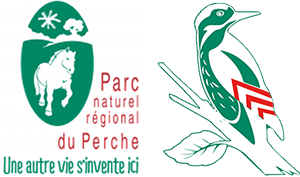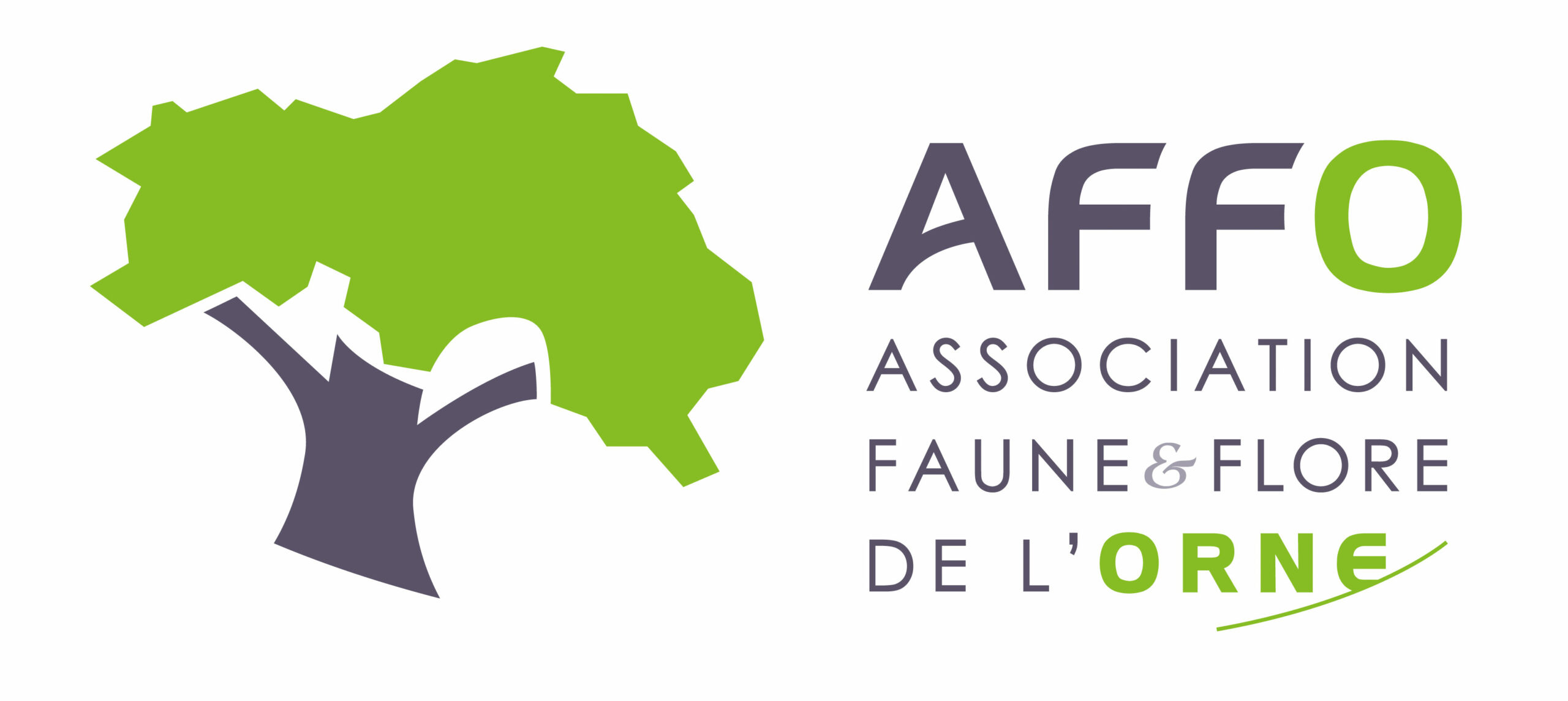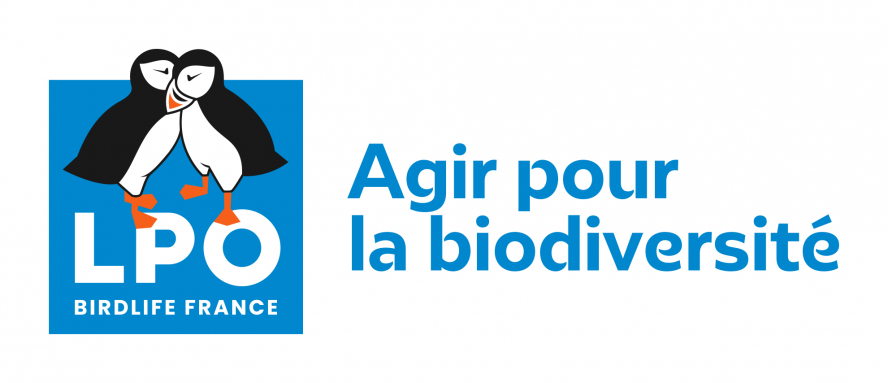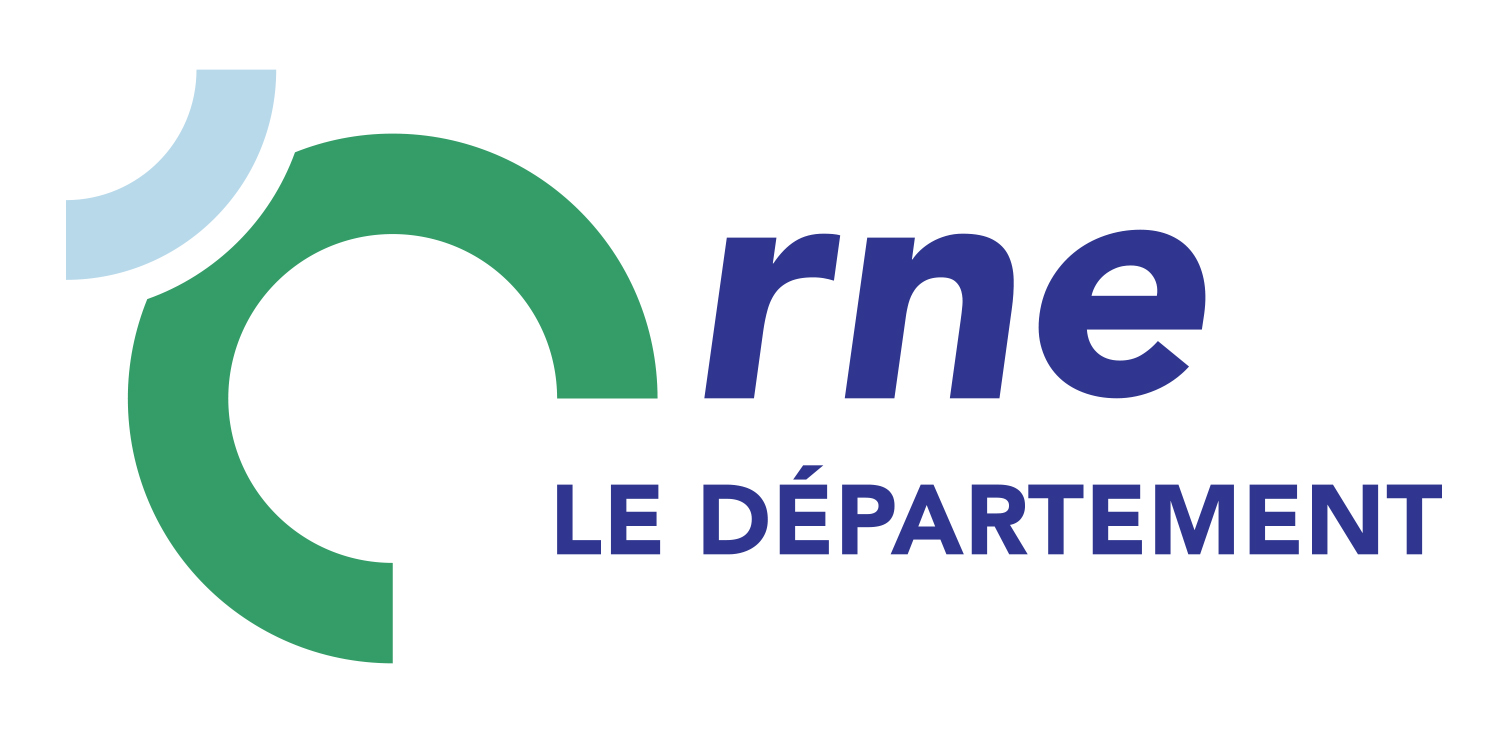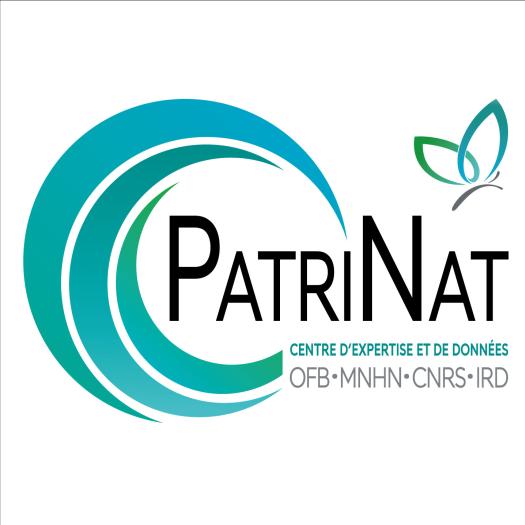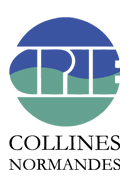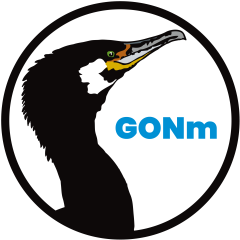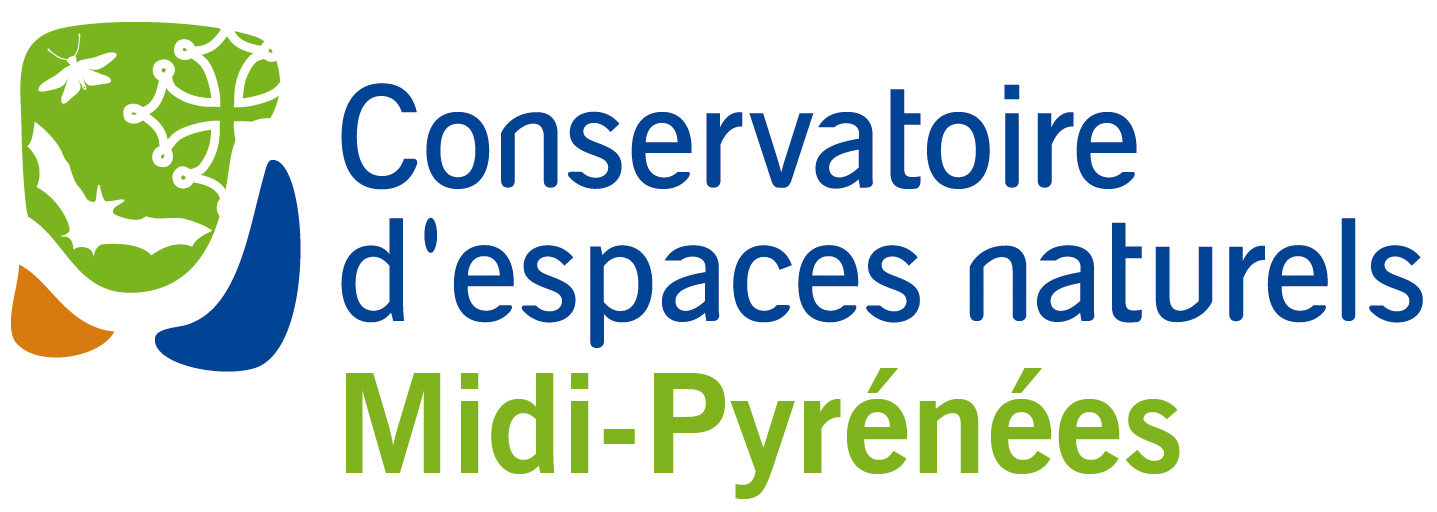- 468 observations
-
148
communes -
56
observateurs
28
organismes -
Première observation
1900 -
Dernière observation
2025
Alençon - Athis-Val de Rouvre - Aubry-le-Panthou - Aunay-les-Bois - Bagnoles de l'Orne Normandie - Bailleul - Barville - Bazoches-au-Houlme - Beaulieu - Beauvain - Belforêt-en-Perche - Bellavilliers - Bellou-en-Houlme - Bellou-le-Trichard - Bizou - Boischampré - Boitron - Bonnefoi - Bretoncelles - Brieux - Briouze - Brullemail - Buré - Bursard - Caligny - Canapville - Carrouges - Ceton - Chahains - Chailloué - Champsecret - Charencey - Chaumont - Ciral - Cisai-Saint-Aubin - Comblot - Corbon - Cour-Maugis sur Huisne - Courtomer - Croisilles - Dame-Marie - Domfront en Poiraie - Écouché-les-Vallées - Écouves - Essay - Ferrières-la-Verrerie - Fresnay-le-Samson - Gandelain - Ginai - Gouffern en Auge - Guêprei - Héloup - Igé - Joué-du-Bois - Juvigny Val d'Andaine - La Chapelle-Montligeon - La Chapelle-près-Sées - La Chapelle-Viel - La Coulonche - La Ferrière-au-Doyen - La Ferrière-aux-Étangs - La Ferrière-Béchet - La Ferrière-Bochard - La Ferté-en-Ouche - La Ferté Macé - La Gonfrière - Lalacelle - La Lande-de-Goult - La Lande-Patry - La Lande-Saint-Siméon - Landigou - La Roche-Mabile - Le Bouillon - Le Cercueil - Le Chalange - Le Grais - Le Mage - Le Ménil-Broût - Le Pas-Saint-l'Homer - Le Pin-au-Haras - Les Monts d'Andaine - Les Ventes-de-Bourse - L'Hôme-Chamondot - Lignères - Longny les Villages - Lonlay-l'Abbaye - Lonlay-le-Tesson - L'Orée-d'Écouves - Magny-le-Désert - Mardilly - Ménil-Gondouin - Ménil-Hubert-en-Exmes - Merri - Montchevrel - Montilly-sur-Noireau - Montmerrei - Monts-sur-Orne - Mortagne-au-Perche - Mortrée - Moulins-la-Marche - Moutiers-au-Perche - Neauphe-sous-Essai - Neuvy-au-Houlme - Nonant-le-Pin - Orgères - Parfondeval - Perche en Nocé - Putanges-le-Lac - Rânes - Rémalard en Perche - Réveillon - Rives d'Andaine - Rouperroux - Sablons sur Huisne - Saint-André-de-Briouze - Saint-Aquilin-de-Corbion - Saint-Aubin-d'Appenai - Saint-Bômer-les-Forges - Saint-Céneri-le-Gérei - Saint-Cyr-la-Rosière - Saint-Denis-sur-Huisne - Saint-Denis-sur-Sarthon - Sainte-Honorine-la-Chardonne - Sainte-Honorine-la-Guillaume - Saint-Ellier-les-Bois - Saint-Evroult-Notre-Dame-du-Bois - Saint-Fraimbault - Saint-Germain-le-Vieux - Saint-Gervais-du-Perron - Saint-Hilaire-de-Briouze - Saint-Hilaire-le-Châtel - Saint-Léger-sur-Sarthe - Saint-Mard-de-Réno - Saint-Martin-du-Vieux-Bellême - Saint-Martin-l'Aiguillon - Saint-Nicolas-des-Bois - Saint-Ouen-sur-Iton - Saint-Philbert-sur-Orne - Saint-Roch-sur-Égrenne - Saint-Sulpice-sur-Risle - Sées - Sévigny - Soligny-la-Trappe - Tanville - Touquettes - Tourouvre au Perche - Villiers-sous-Mortagne - Vimoutiers
-
Association Faune & Flore de l'Orne (AFFO)
Participation à 114 Observations
Part d'aide à la prospection : 24.36 %
Fiche organisme
-
PNR et géoparc mondial UNESCO Normandie-Maine
Participation à 99 Observations
Part d'aide à la prospection : 21.15 %
Fiche organisme
-
PNR du Perche
Participation à 84 Observations
Part d'aide à la prospection : 17.95 %
Fiche organisme
-
DREAL Centre-Val de Loire
Participation à 67 Observations
Part d'aide à la prospection : 14.32 %
Fiche organisme
-
Conseil départemental de l'Orne (bureau ENS)
Participation à 53 Observations
Part d'aide à la prospection : 11.32 %
Fiche organisme
-
Muséum national d'Histoire naturelle (MNHN)
Participation à 38 Observations
Part d'aide à la prospection : 8.12 %
Fiche organisme
-
Ministère de la Transition écologique et de la Cohésion des territoires
Participation à 31 Observations
Part d'aide à la prospection : 6.62 %
Fiche organisme
-
Société d'études ornithologiques de France (SEOF)
Participation à 22 Observations
Part d'aide à la prospection : 4.70 %
Fiche organisme
-
Habitants-bénévoles
Participation à 20 Observations
Part d'aide à la prospection : 4.27 %
Fiche organisme
-
UMS PatriNat (OFB-CNRS-MNHN)
Participation à 15 Observations
Part d'aide à la prospection : 3.21 %
Fiche organisme
-
CPIE Collines normandes
Participation à 12 Observations
Part d'aide à la prospection : 2.56 %
Fiche organisme
-
Groupe Ornithologique Normand (GONm)
Participation à 8 Observations
Part d'aide à la prospection : 1.71 %
Fiche organisme
-
Bureaux d'études & consultants
Participation à 7 Observations
Part d'aide à la prospection : 1.50 %
Fiche organisme
-
Système mondial d’information sur la biodiversité (GBIF)
Participation à 6 Observations
Part d'aide à la prospection : 1.28 %
Fiche organisme
-
Naturalia-Environnement
Participation à 3 Observations
Part d'aide à la prospection : 0.64 %
Fiche organisme
-
Conseil départemental de l'Orne
Participation à 3 Observations
Part d'aide à la prospection : 0.64 %
Fiche organisme
-
Office national des forêts (ONF)
Participation à 3 Observations
Part d'aide à la prospection : 0.64 %
Fiche organisme
-
Eole Champagne Conlinoise
Participation à 3 Observations
Part d'aide à la prospection : 0.64 %
Fiche organisme
-
INTERVIA ETUDES
Participation à 3 Observations
Part d'aide à la prospection : 0.64 %
Fiche organisme
-
Peter Stallegger (Consultant Environnement)
Participation à 3 Observations
Part d'aide à la prospection : 0.64 %
Fiche organisme
-
Conservatoire d'espaces naturels de Midi-Pyrénées (CEN MP)
Participation à 2 Observations
Part d'aide à la prospection : 0.43 %
Fiche organisme
-
Ferme éolinne de Germancé à Saint-Ellier-les-Bois
Participation à 2 Observations
Part d'aide à la prospection : 0.43 %
Fiche organisme
-
Mayenne Nature Environnement (MNE)
Participation à 1 Observation
Part d'aide à la prospection : 0.21 %
Fiche organisme
-
SUEZ RV NORMANDIE
Participation à 1 Observation
Part d'aide à la prospection : 0.21 %
Fiche organisme
Informations espèce
Source : Biodiv'Écrins, Parc national des Écrins
G2 : Forêts de feuillus sempervirents
G3 : Forêts de conifères
G4 : Formations mixtes d'espèces caducifoliées et de conifères
X11 : Grands parcs
Répartition actuelle en France métropolitaine
© INPN - Avertissement : les données visualisables reflètent l'état d'avancement des connaissances et/ou la disponibilité des données existantes au niveau national : elles ne peuvent en aucun cas être considérées comme exhaustives.
Répartition actuelle dans le monde
Avertissement : les données visualisables reflètent l'état d'avancement des connaissances et/ou la disponibilité des données existantes au niveau mondial : elles ne peuvent en aucun cas être considérées comme exhaustives.





